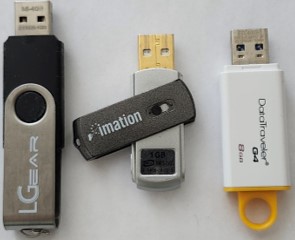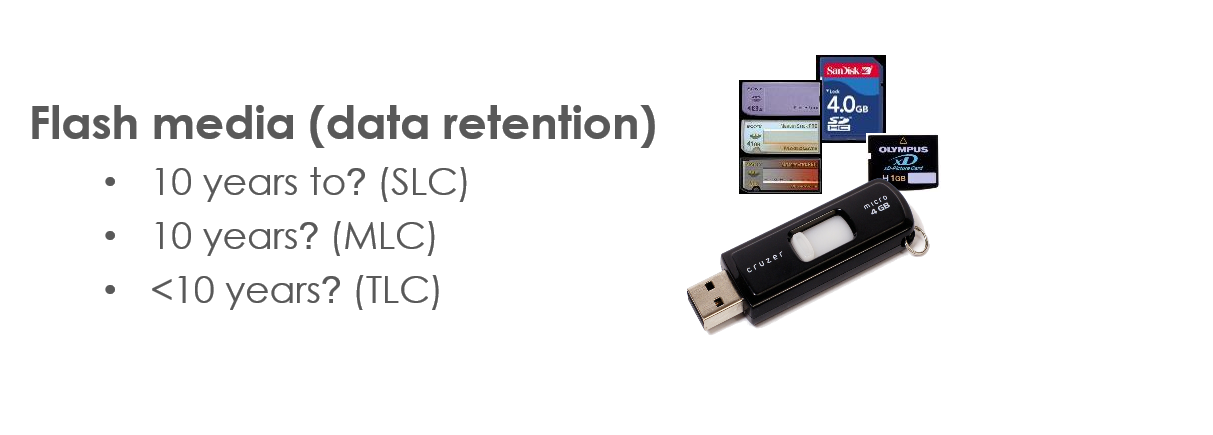- Home
- USB Flash Drives
- How Stable are Flash Drives
How Stable are Flash Drives for Data Storage
Flash drives have emerged as one of the most popular forms of portable data storage, known for their convenience and efficiency. However, when evaluating how stable are flash drives, there are numerous factors to consider, including durability, stability, reliability, and lifespan. Understanding these aspects will guide users in making informed decisions about their data storage options.
How Stable are Flash Drives: Durability
Durability, a critical component of flash drive stability, refers to the device's ability to withstand physical and environmental stressors. Most flash drives are designed to endure a fair amount of wear and tear, including accidental drops, exposure to mild moisture, and temperature variations. However, they are not impervious to physical damage. The more robust the protective casing, the better the drive can resist these external threats.
In terms of stability, flash drives rely on NAND flash memory, which provides stable data storage by retaining data without power. This characteristic makes flash drives different from volatile memory, such as RAM. The stability of flash data retention largely depends on the quality of the flash memory cells used in the drive.
Reliability and durability of flash drives for data storage is essential. While flash drives are generally reliable, possessing a higher resistance to mechanical failures compared to mechanical hard drives, they are still prone to logical corruption or potential data loss due to unexpected interruptions during data transfers.

Lifespan of Flash Drives
To gauge the longevity of flash drives, it is vital to understand their predicted lifespan. Typically, the lifespan of a flash drive is measured in program/erase cycles, ranging from a few thousand to several hundred thousand cycles depending on the quality and type. Once this limit is reached, the likelihood of data retention failures increases.
Compared to traditional hard drives, flash drives offer superior longevity in a non-operational state due to their solid-state nature. However, in continuous use, they might have a lower lifespan than SSDs that incorporate wear-leveling algorithms to enhance endurance.
Discussing the lifespan of flash drives inherently brings us to their expected durability over time. High-quality flash drives can retain data for ten years or more when stored in optimal conditions. Nonetheless, environmental factors such as humidity and exposure to high temperatures can accelerate degradation.
Data retention is the ability of a flash drive to hold data over time without power. This capability is critical to evaluating how stable are flash drives. A well-manufactured flash drive should maintain its data integrity for many years if stored properly.
The susceptibility to physical damage remains a pressing concern for flash drives. While the internal components are more resilient than those in a hard disk drive, the small connectors and outer casing are vulnerable points that require user caution.

Flash Drives Stability
A lifespan comparison to other data storage devices can offer insightful perspectives regarding flash drive stability. Hard disk drives, while more susceptible to mechanical failure, typically offer longer access life cycles in active usage, whereas SSDs outperform standard USB flash drives in terms of endurance and speed.
Given these comparisons, it’s essential to highlight how flash drives fit into the modern data storage ecosystem. Their unique balance of portability, capacity, and ease of use positions them as a valuable tool for data transport rather than long-term storage solutions.
Investigating how stable are flash drives necessitates examining the components that contribute to their overall durability. A high-grade memory chip, for instance, often correlates with improved performance and longer lifespan.
Modern innovations in flash drive manufacturing have contributed positively to their stability. Advanced technologies, including error-correcting codes (ECC) and wear-leveling techniques, significantly extend data integrity and device lifespan by distributing data evenly across the memory cells.
On the downside, cheaper and poorly manufactured flash drives might not implement these technologies effectively, resulting in faster degradation and increased susceptibility to data corruption upon reaching their usage limits.
Regular users seeking stable data behavior from a flash drive should consider performing routine backups as a precautionary measure. This practice is a critical defense against unforeseen data loss due to flash memory failure.
For someone assessing how stable are flash drives, the frequency of writing and erasing data plays a vital role. Frequent re-writes reduce the drive’s lifespan by consuming the finite number of program/erase cycles available.
While understanding the physical aspects of flash drive stability is important, recognizing human factors, such as improper ejection practices, can also lead to logical failures and contribute significantly to overall unreliability.
When choosing a flash drive, users are encouraged to compare the specifications and consumer reviews of various products to ensure purchasing a device that complements their specific usage needs — balancing speed, capacity, and durability.
The ongoing advancements in flash drive technology promise improved stability in the future. Enhanced materials and compact designs aim to create more resilient flash drives with greater data preservation features.
Conclusions
Assessing how stable are flash drives requires a multi-faceted approach, weighing factors like technological improvements, environmental resistance, and user practices to determine the suitable use case for any individual user.
Understanding that no data storage solution is entirely failsafe reinforces the idea that diversified storage strategies should accompany the use of flash drives, especially for critical data backup.
While flash drives exhibit considerable advantages in portability and ease of use, considerations involving durability, stability, and lifespan are crucial. Prospective users should evaluate all aspects to optimize the balance of convenience and reliability that flash drives offer, ensuring their data remains secure and accessible throughout the drive’s lifespan.